An abrasion resistant coating plays a crucial role in extending the lifespan and improving the performance of industrial equipment. In sectors where machinery faces continuous wear, impact, or friction, such coatings form a protective layer that significantly reduces surface damage and mechanical deterioration.
1. Core Function of Abrasion Resistant Coatings
The primary purpose of an abrasion resistant coating is to create a durable barrier that shields equipment surfaces from the effects of abrasion and friction. This layer minimizes direct contact between the substrate and abrasive materials such as dust, sand, or metal particles.
By distributing frictional forces evenly across the surface, the coating prevents scratches, grooves, and surface loss, maintaining the integrity and dimensional stability of the base material. In many applications, abrasion resistant coatings also provide secondary protection against corrosion, chemicals, and high temperatures, making them suitable for harsh industrial environments.
2. Common Types of Abrasion Resistant Coatings
Different coatings are formulated for different operational conditions:
- Ceramic Coatings: Extremely hard and heat-resistant, ideal for turbines, valves, and pumps.
- Polyurethane and Epoxy Coatings: Offer elasticity and impact resistance, commonly used on conveyor belts, hoppers, and storage tanks.
- Metal-Based Coatings (e.g., Tungsten Carbide, Chromium Carbide): Provide both structural strength and wear protection for components in mining, drilling, and machining.
Each type is chosen based on its ability to withstand specific types of mechanical stress, environmental exposure, and operational temperature.
3. Extending Service Life and Reducing Downtime
In industries like mining, energy, and manufacturing, equipment wear can lead to performance loss or unplanned shutdowns. Applying abrasion resistant coatings extends service life by maintaining the equipment’s original surface properties.
For instance, coating a pump impeller helps resist erosion from slurry or sand, ensuring consistent performance. This reduces part replacement frequency, minimizes maintenance interruptions, and improves overall equipment reliability.
4. Enhancing Operational Efficiency
By reducing friction, abrasion resistant coatings enable machinery to operate more smoothly and efficiently. Lower friction means less heat buildup, reduced energy consumption, and improved mechanical stability.
This is especially beneficial for moving or rotating parts such as bearings, gears, and rollers. Over time, the smoother operation translates into better energy efficiency, lower wear on components, and improved productivity.
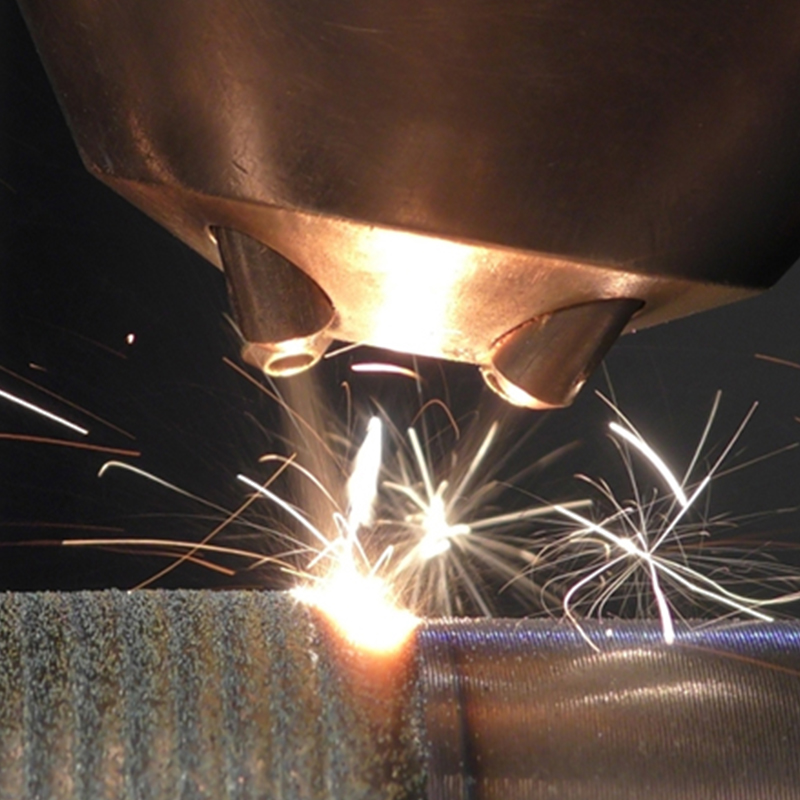
5. Cost-Effectiveness and Sustainability
Applying abrasion resistant coatings offers long-term economic and environmental benefits. Coated equipment requires fewer replacements and less maintenance, reducing both downtime and operational costs.
The coatings act as a sacrificial layer that can be reapplied after wear, extending the lifespan of expensive components. Additionally, improved efficiency results in lower energy usage, supporting sustainability and reducing the facility’s carbon footprint.
6. Importance of Proper Application
The effectiveness of an abrasion resistant coating depends on surface preparation and precise application techniques.
- The surface must be cleaned, degreased, and roughened to ensure proper adhesion.
- Coatings can be applied via spraying, brushing, dipping, or thermal spraying, depending on material type.
- Curing and drying processes must be carefully controlled to achieve optimal hardness and bonding strength.
For high-demand applications, multi-layer systems may be used to combine abrasion resistance with corrosion protection.
7. Technological Advancements: Nanocoatings
Modern developments in nanotechnology have led to the creation of nanoceramic and nanopolymer abrasion resistant coatings. These advanced formulations offer superior hardness, self-healing capability, and smoother surfaces.
They also improve heat and chemical resistance, ensuring longer performance cycles and reduced maintenance. As industries pursue higher efficiency and durability, nanocoatings are becoming an increasingly preferred solution.
8. Conclusion
In summary, abrasion resistant coatings significantly improve the lifespan, reliability, and performance of industrial equipment. By forming a robust barrier against friction and wear, they help maintain efficiency, prevent costly breakdowns, and reduce energy consumption.
Through proper selection of coating materials and careful application, companies can protect their assets, optimize operations, and achieve greater long-term sustainability. In modern industrial practice, abrasion resistant coatings are not merely protective layers—they are key components of performance optimization and cost control.

 ENG
ENG
 English
English عربى
عربى Español
Español 中文简体
中文简体
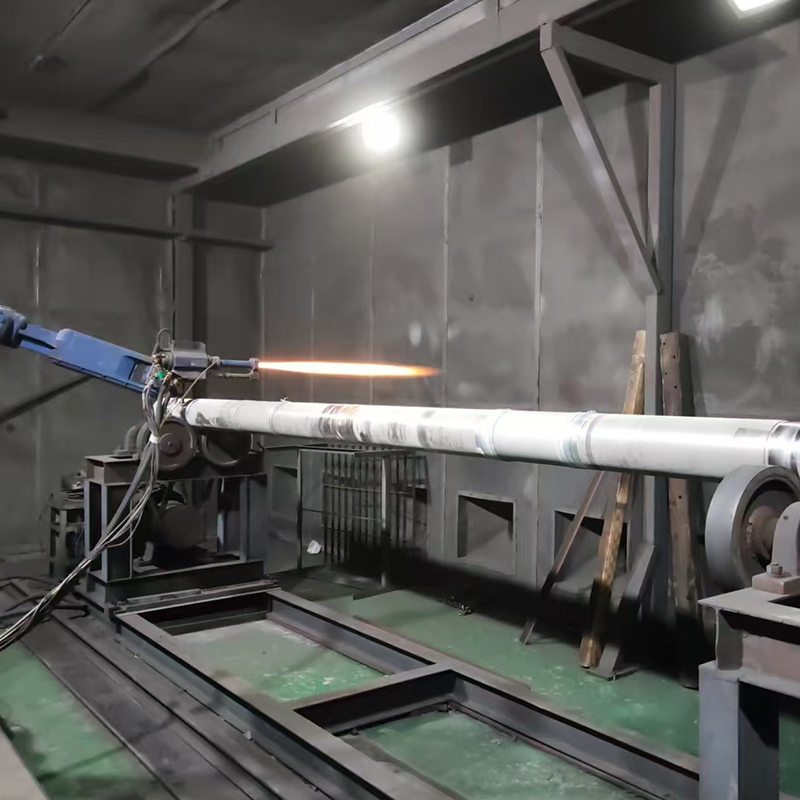
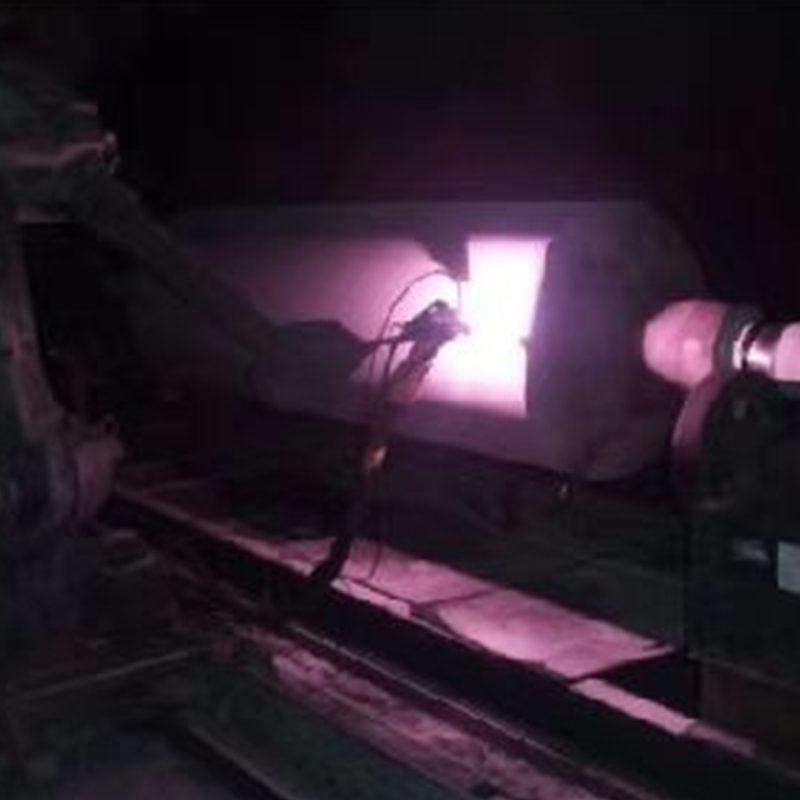
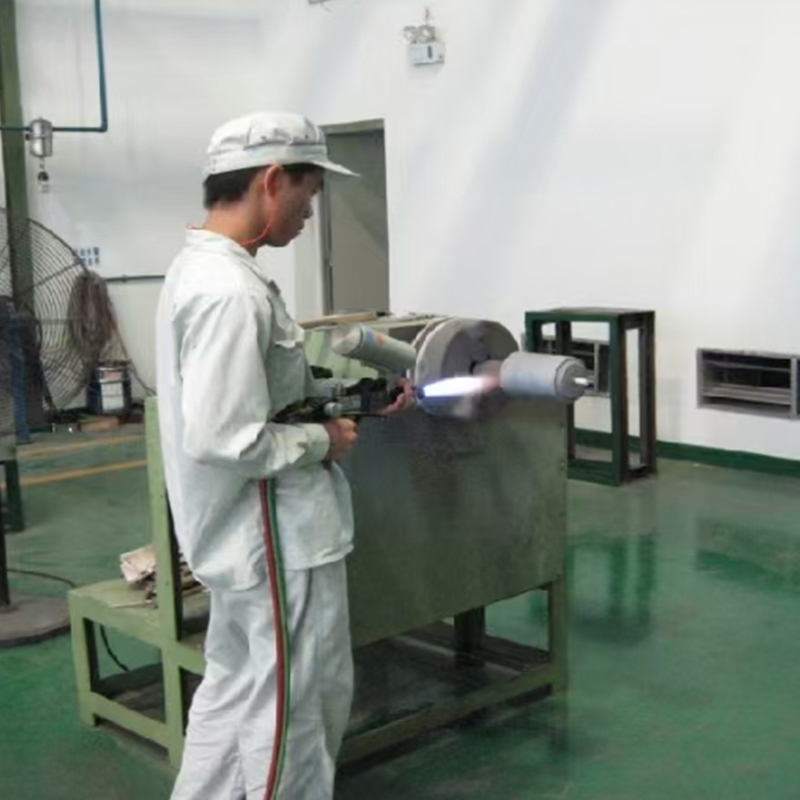

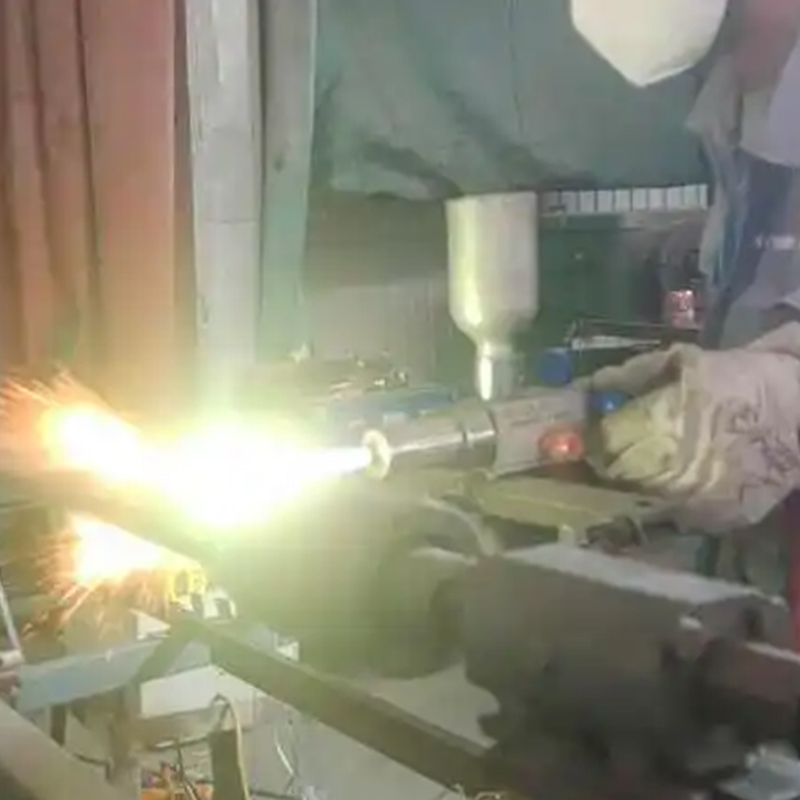
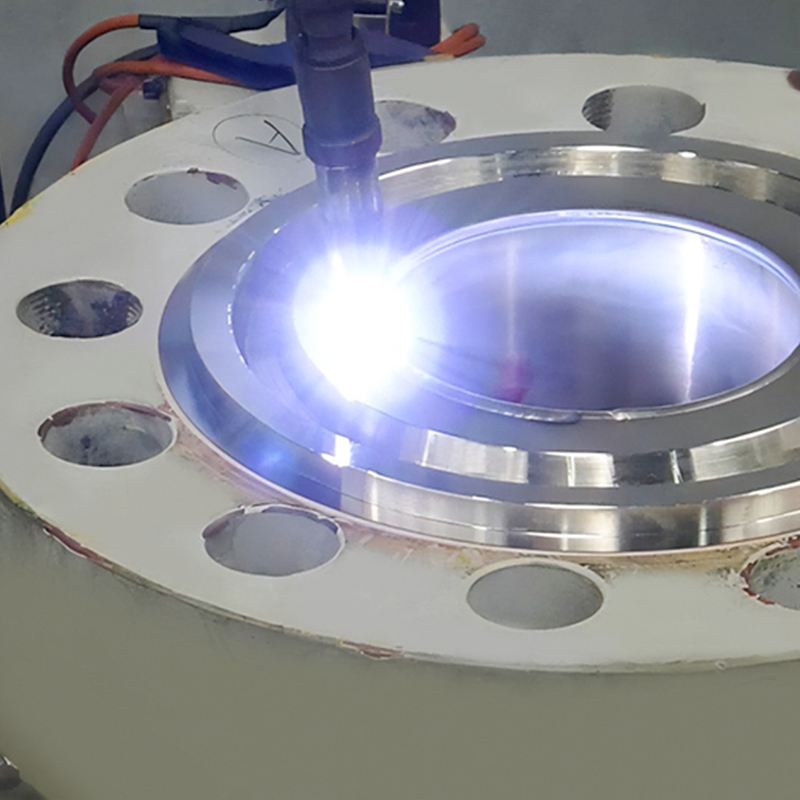
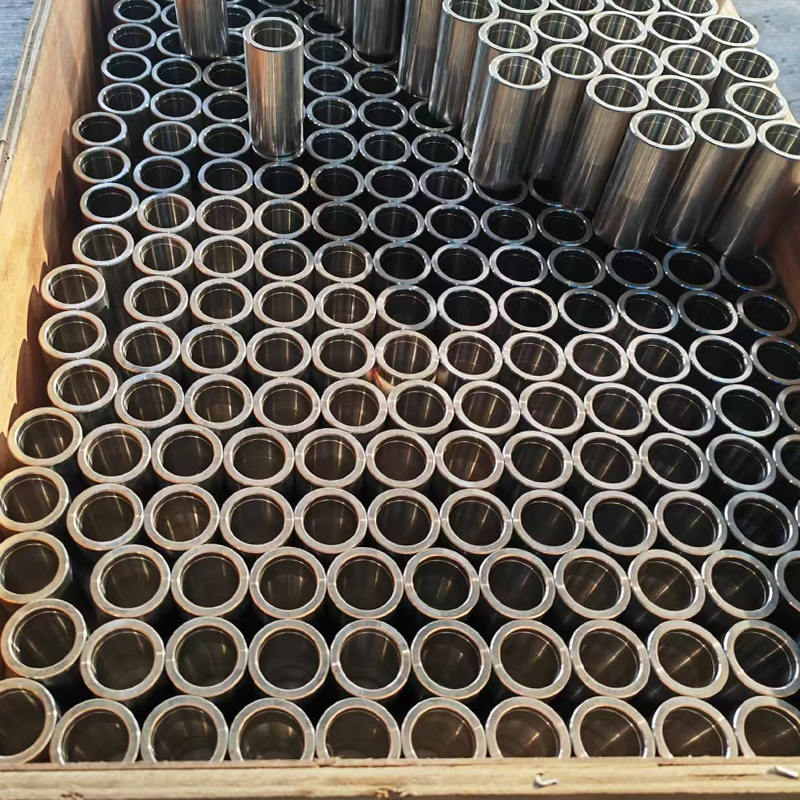
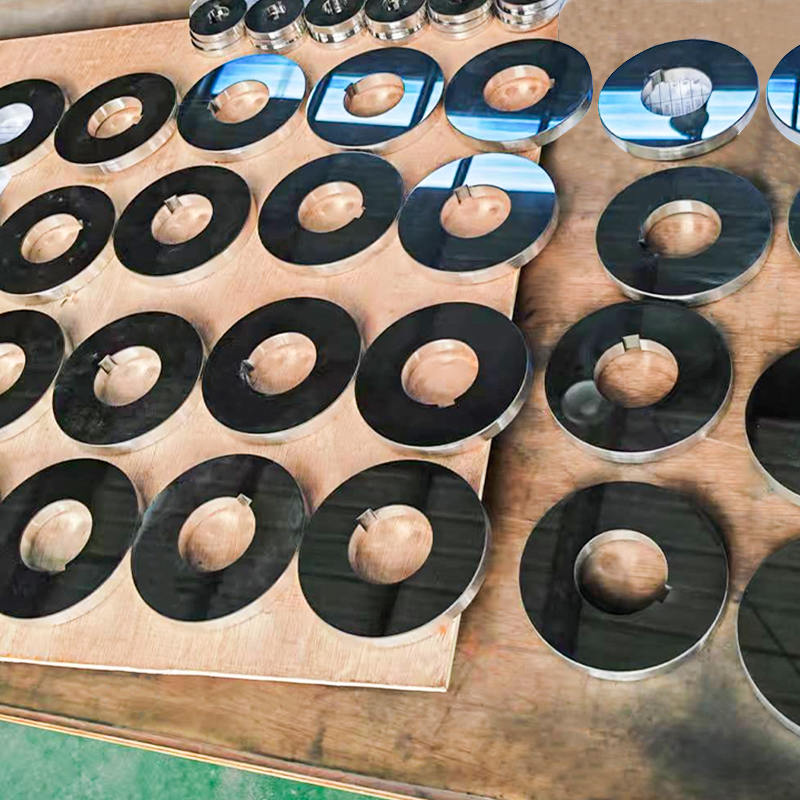
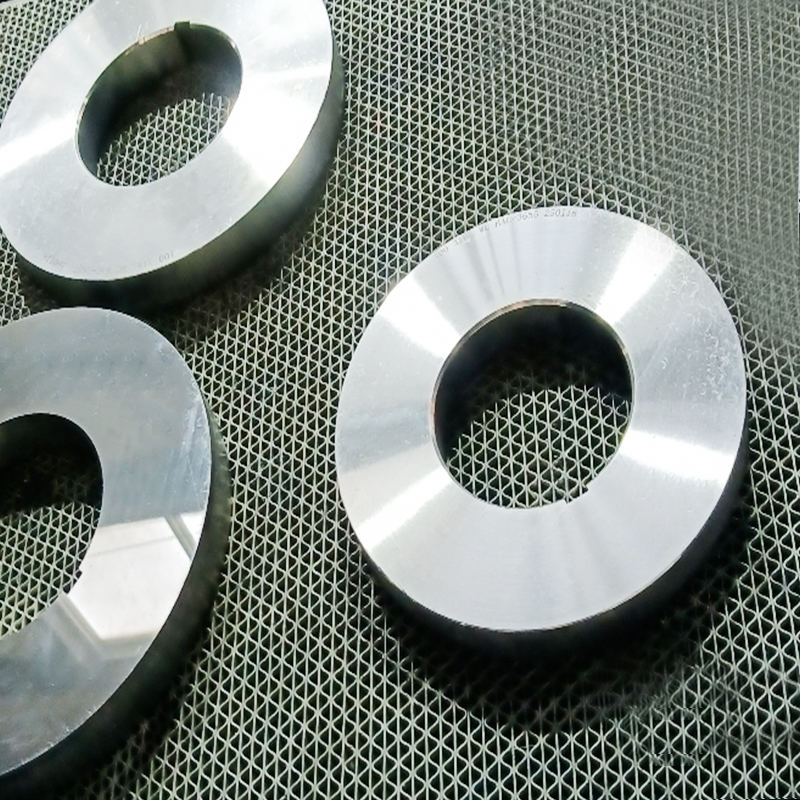
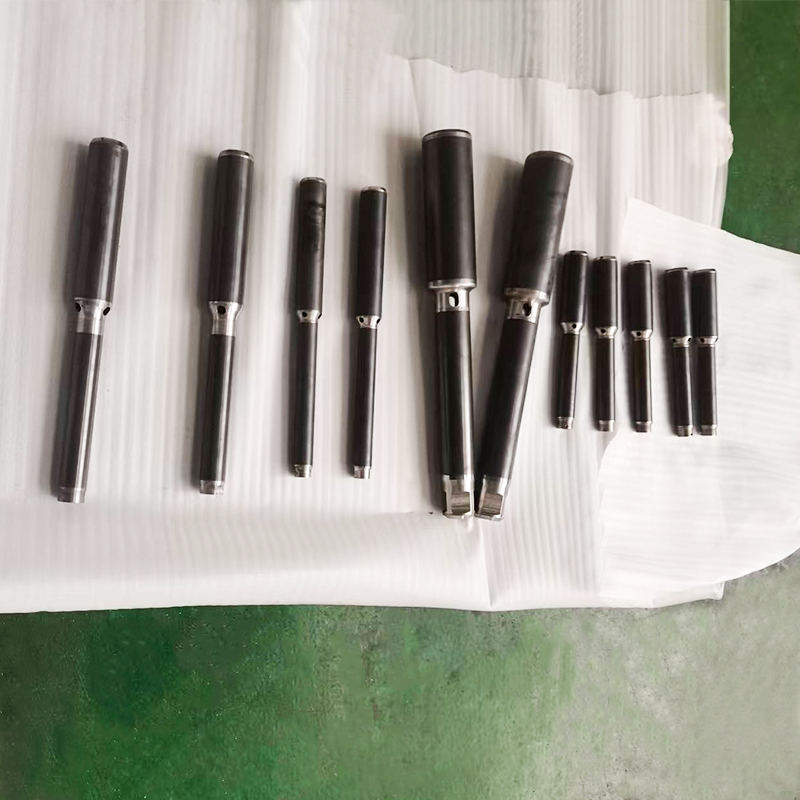
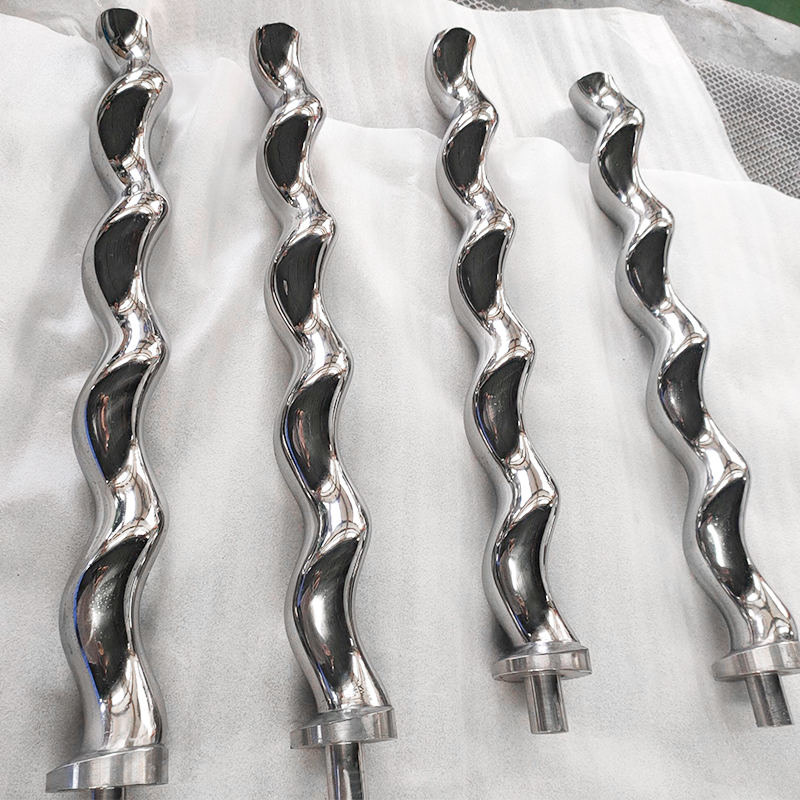

 TOP
TOP